Growing Redbud Trees: How To Care For A Redbud Tree
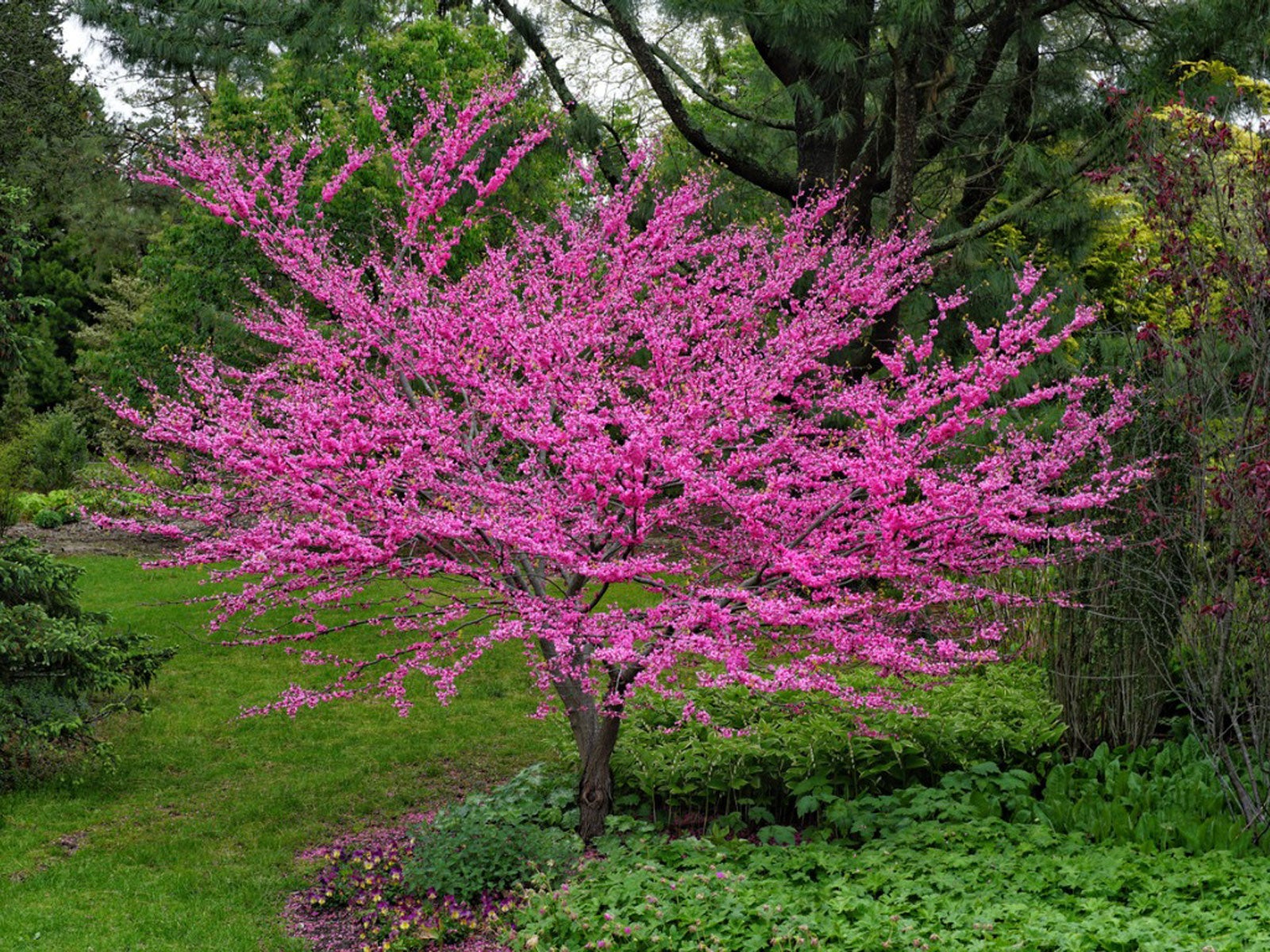
Teo Spengler
If you're looking for a small tree that can provide a brilliant pop of color in your backyard, consider an American redbud tree. These easy-care natives add gorgeous color to the spring landscape with their striking pink flowers and lovely heart-shaped leaves that look beautiful after blooms fade. Plus, the redbud's compact size means it's a perfect fit for almost any garden. Read on to learn how to care for the easy-to-grow eastern redbud.
Quick Facts About Eastern Redbud Trees
- Botanical name: Cercis canadensis
- Height: 20-30 feet (6-9 m)
- Spread: 15-25 feet (4.5-7.6 m)
- Sun exposure: full sun or partial shade
- Soil preference: light, rich, moist soil
- Hardiness zones: USDA 4-9
- When to plant: spring or fall
Redbud Tree Characteristics
The eastern redbud (Cercis canadensis) is an outstanding ornamental tree native to the eastern half of North America. The eastern redbud is well-adapted to varying climates and grows in USDA planting zones 4 through 9.
The eastern redbud tree is a member of the Fabaceae or bean family, as you can tell from its pea-like buds, flowers, and seed pods. Redbuds are commonly known as Judas trees because, according to lore, Judas Iscariot hanged himself from a tree related to the redbud.
Early Spring Display
Redbuds offer a splendid early-spring display as the still-bare branches fill with clusters of small pink or white flowers. The early blossoms light up landscapes for several weeks.
Redbuds add wonderful wildlife value to the garden as well. Bees and other pollinators love their early blooms. And once the redbud's whimsical green pods emerge in late summer, songbirds and small mammals feast on the seeds within.
While the charming heart-shaped leaves are typically green, different cultivars offer lime green, yellow, bronze, or burgundy leaves. Weeping redbud tree varieties are also available at many nurseries.
Common Landscape Uses
Redbud trees have a quick growth rate, but stay small. Their mature size is usually 20 to 30 feet (6 to 9 m) tall with a 15 to 35 feet (4.5 to 6 m) spread. Gardeners commonly grow redbud trees in naturalized or woodland areas. Redbuds also work well in a shrub border or as a specimen tree. Due to their small size, considerable beauty, and wildlife value, eastern redbuds are a prime choice for gardeners with varying landscaping needs.
Gardening tips, videos, info and more delivered right to your inbox!
Sign up for the Gardening Know How newsletter today and receive a free copy of our e-book "How to Grow Delicious Tomatoes".
Where Is The Best Place To Plant A Redbud Tree?
Anyone interested in planting redbud trees will be pleased to discover the native tree's flexibility with site requirements. Eastern redbuds are happy in spots that get full sun or part shade, although the latter is preferable in the Deep South. Redbuds work well alone as specimen trees, but also look appealing in dappled light under a canopy of larger trees.
It is best to plant redbud trees in early spring. The native flowering trees prefer well-drained soil. But the adaptable redbud can thrive in sites with moist or dry soil, as well as sandy or alkaline soil. Redbuds can grow equally well on dry ridges and wet banks. Despite being drought tolerant, redbuds do best with some irrigation when grown in a dry, hot climate.
Despite their easy-going nature, redbuds don’t tolerate root disturbance. Make sure you choose the proper site, because after establishment redbud trees don't like transplanting.
How to Plant a Redbud Tree
Planting a redbud is much like planting any other tree. Once you select the site for your redbud, dig a hole at least three times as wide as the tree’s roots. Be sure the root ball is even with the ground when you place the tree in the hole. Once your tree is in the ground, ensure it is straight and backfill your hole with native soil. Water thoroughly after planting.
You can easily grow a redbud tree for free by collecting and planting seeds from a neighborhood tree or rogue seedling. Redbuds are prolific self-sowers and if you live near one, you may well find baby redbud seedlings sprouting in your yard or garden. Growing a redbud from a nearby tree ensures your tree will adjust easily to local growing conditions. It is also possible to buy and plant containerized trees. Either way, all seedlings and saplings need regular water until established.
Eastern Redbud Care
If you plant your redbud in an appropriate hardiness zone and give it adequate irrigation, it is likely to thrive. To help your redbud flourish, place 3 inches (7.6 cm) of mulch around the tree to the drip-line, making sure not to touch the trunk. This keeps soil cool and evenly moist throughout the summer.
Though generally low-maintenance, good redbud tree care does involve protecting branches. Their long, lateral branches tend to break and require a location with shelter from the wind. Prune redbud trees to avoid irregular branching and to keep their structure strong. Remove branches with V-shaped joints to prevent breakage and tree damage. Prune during dry weather in fall to maintain a natural growth habit and get rid of any dead branches.
Eastern Redbud Pests & Diseases
The redbud tree has a short lifespan, with few living longer than 30 years. This is due in part to their poor resistance to disease and pests. Be sure to prune girdled branches, which often result from Botryosphaeria canker. Unfortunately, there is no fungicide that can control it. Be sure to obtain a proper diagnosis from an arborist before treating your tree for disease or insect infestation.
The best way to deal with pests and diseases is prevention. Avoid wounding your redbud tree, as wounds from pruning or mechanical injury are entry points for fungus and disease. Healthy trees with good structure and airflow suffer less from fungal attacks like leaf spot, verticillium wilt, and dieback. Regular irrigation, fertilizer, and pruning help keep eastern redbud trees vigorous.
Redbud Tree FAQ
Can you transplant redbud trees?
- Teo SpenglerWriter
-
 What Not To Plant With Tomatoes: 8 Bad Neighbors That Could Ruin Your Harvest
What Not To Plant With Tomatoes: 8 Bad Neighbors That Could Ruin Your HarvestNot all companion plants are beneficial – some can sabotage your tomatoes. Find out which ones to keep at a safe distance in the garden.
-
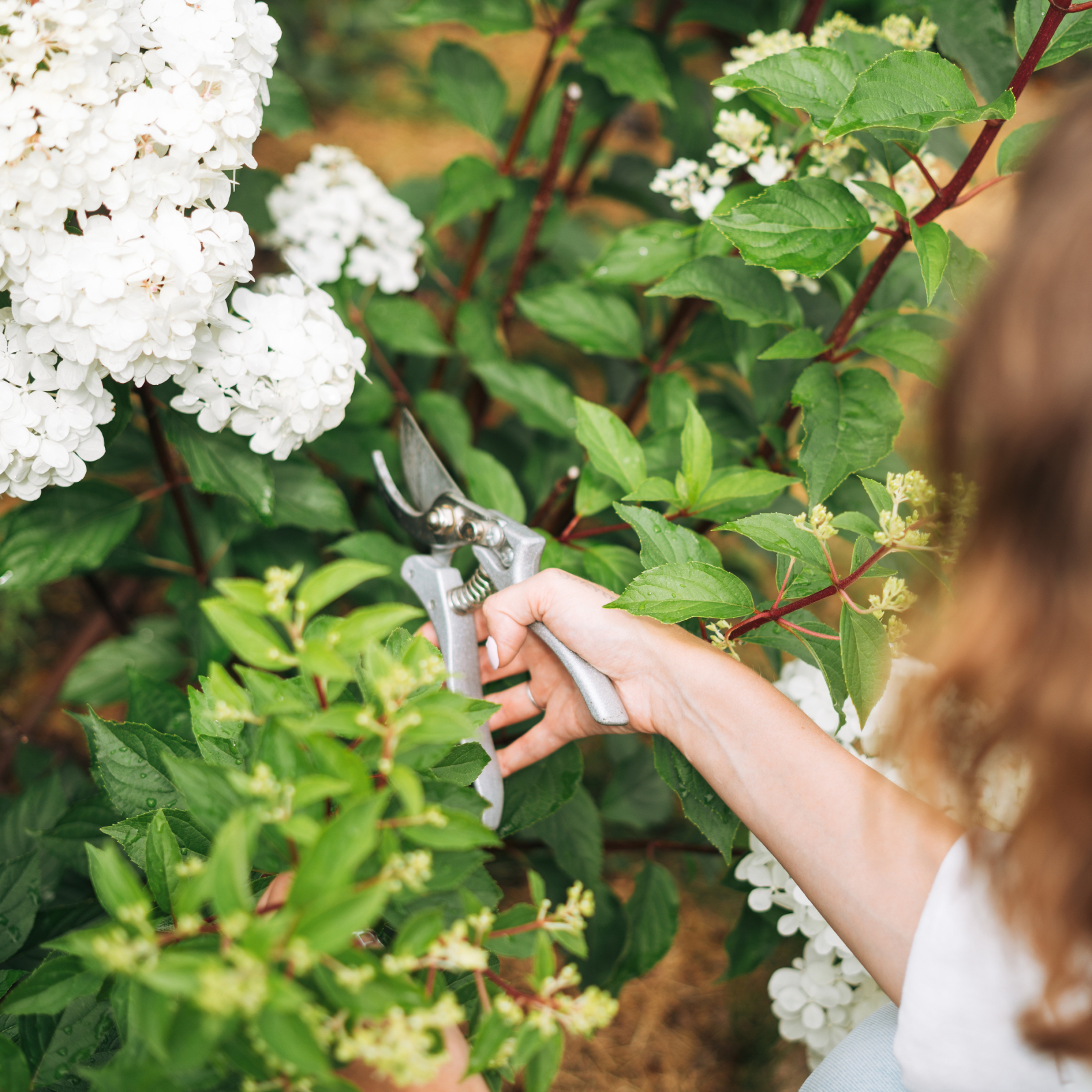 Pruning Limelight Hydrangea Bushes For Bigger Blooms & Stronger Plants
Pruning Limelight Hydrangea Bushes For Bigger Blooms & Stronger PlantsPruning 'Limelight' hydrangea will benefit the shrub. Flowers will be more bountiful the next year and branches will be stronger. Learn how and when to prune.
-
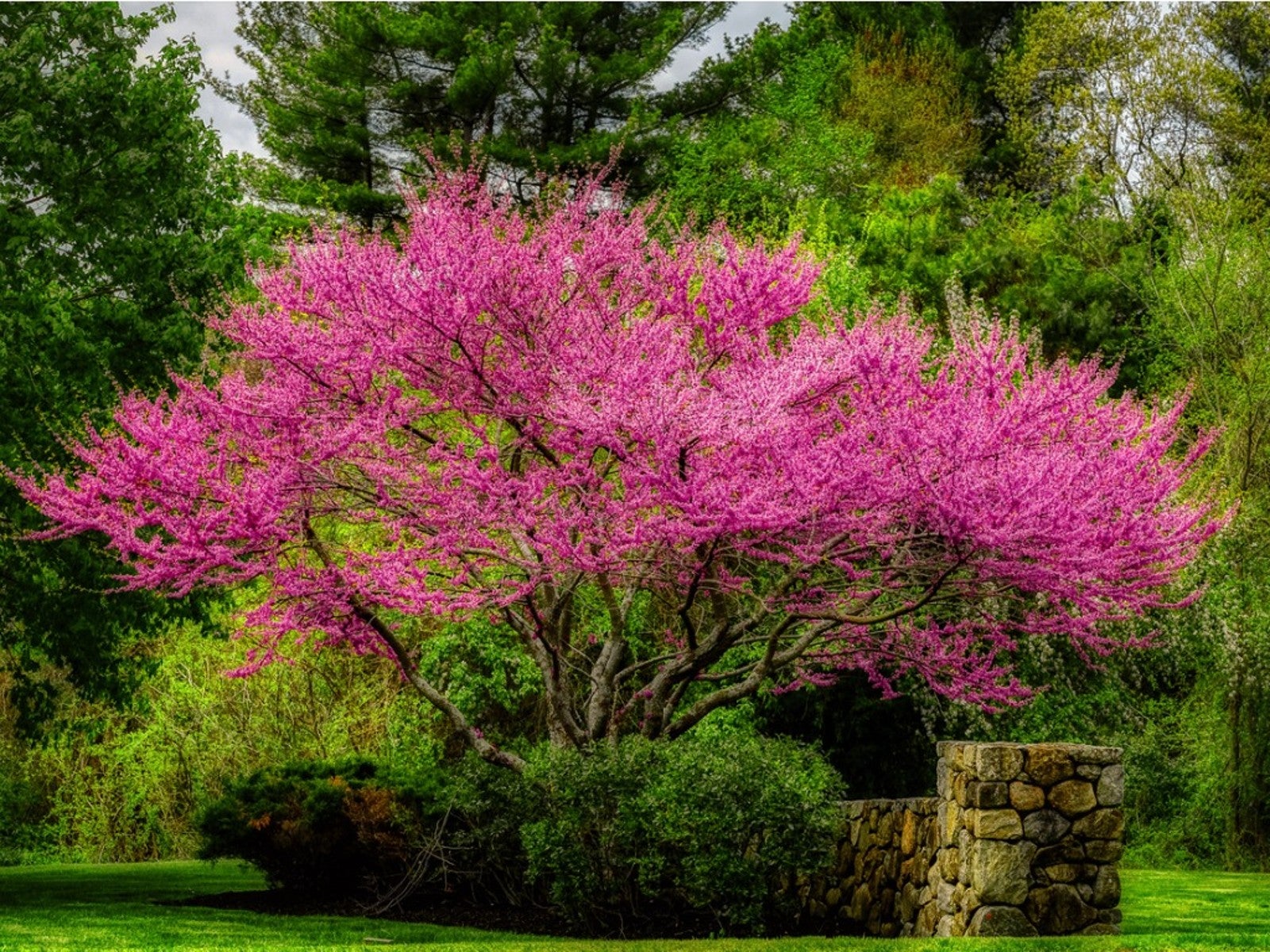 Tips For Transplanting Redbud Tree
Tips For Transplanting Redbud TreeWhile it’s not a good idea to transplant a mature redbud tree unless absolutely necessary, it is entirely possible to dig up seedlings to transplant into your landscape. Read on for tips for transplanting redbud trees.
-
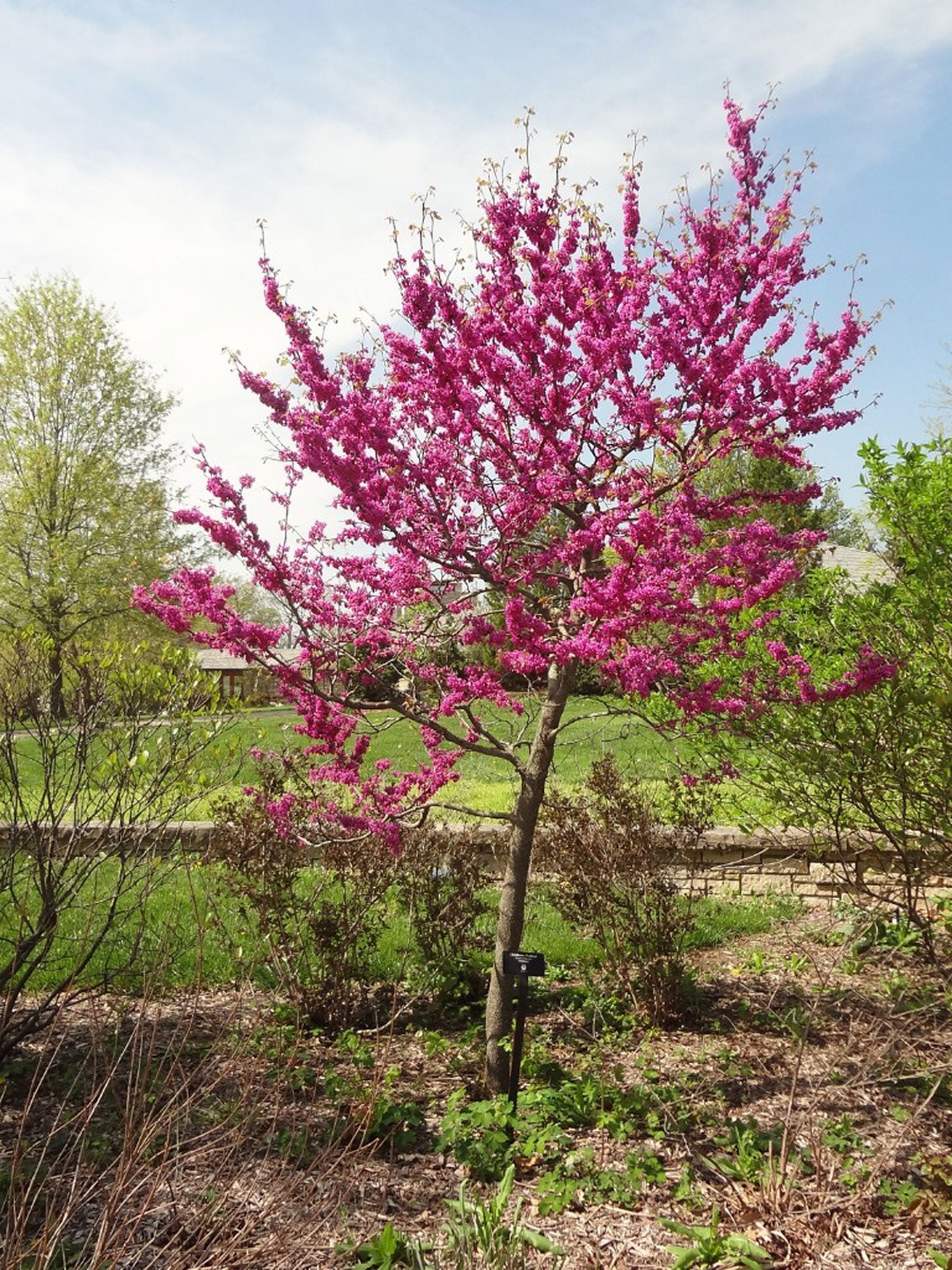 Growing Oklahoma Redbud: How To Plant An Oklahoma Redbud Tree
Growing Oklahoma Redbud: How To Plant An Oklahoma Redbud TreeOklahoma redbud trees offer dramatic spring blossoms, purple seedpods, and shiny foliage. For information on Oklahoma redbud trees, click the following article.
-
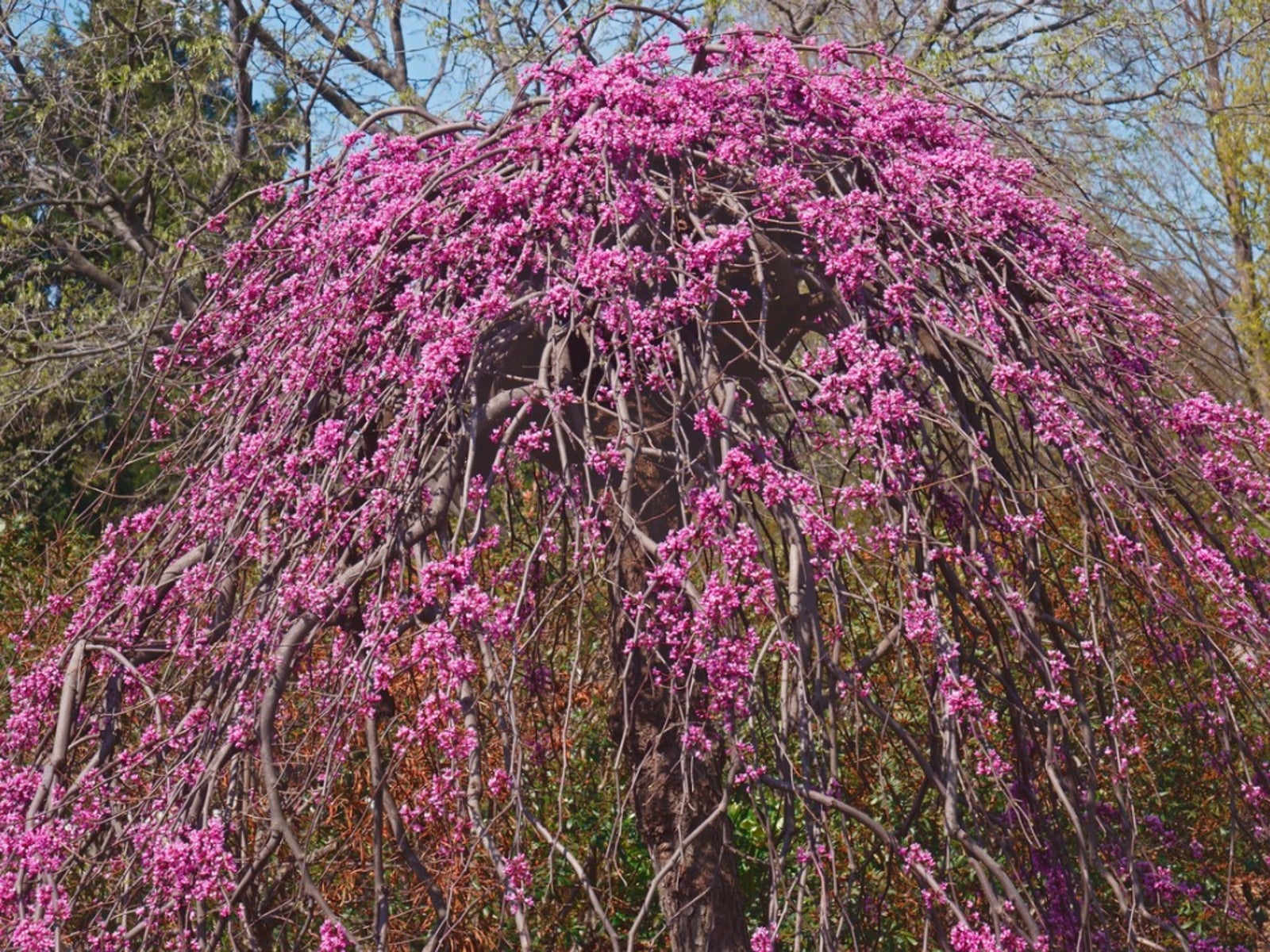 Lavender Twist Redbud Care: Growing Weeping Lavender Twist Redbuds
Lavender Twist Redbud Care: Growing Weeping Lavender Twist RedbudsRedbuds are popular ornamental trees for the home landscape. This article will discuss the weeping tree variety of eastern redbud known as "Lavender Twist". Click here for weeping redbud info and tips on how to grow a Lavender Twist redbud.
-
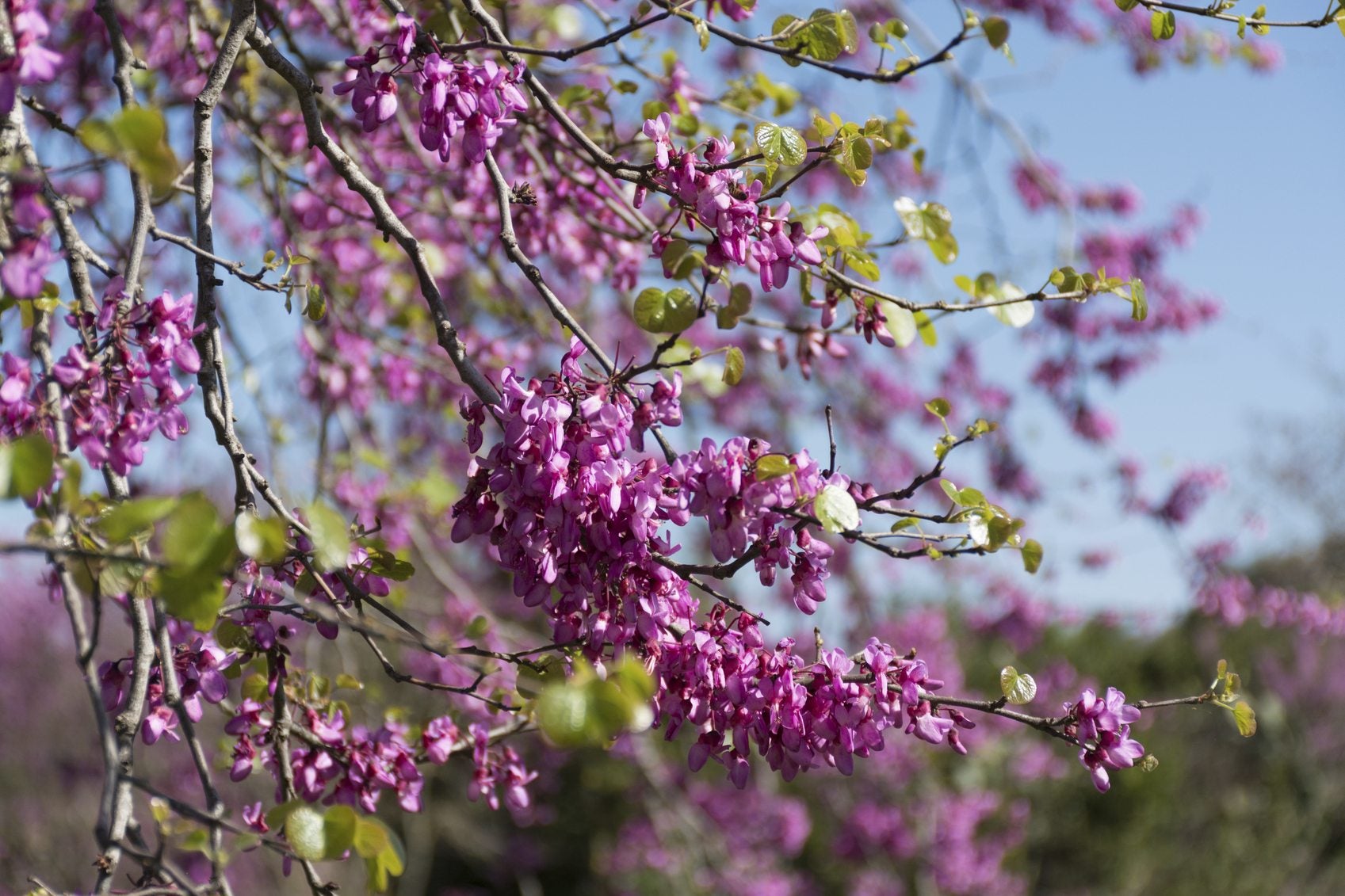 Cutting Back Redbuds: How And When To Prune A Redbud Tree
Cutting Back Redbuds: How And When To Prune A Redbud TreeRedbuds are lovely small trees for gardens and backyards. Pruning a redbud tree is essential to keeping the tree healthy and attractive. If you want to know how to prune redbud trees, the information in this article can help.
-
 Forest Pansy Tree Care – Tips On Growing A Forest Pansy Tree
Forest Pansy Tree Care – Tips On Growing A Forest Pansy TreeForest Pansy trees are a type of eastern redbud. The tree gets its name from the attractive, pansy-like flowers that appear in spring. Click this article for more information about the Forest Pansy redbud, including Forest Pansy tree care.